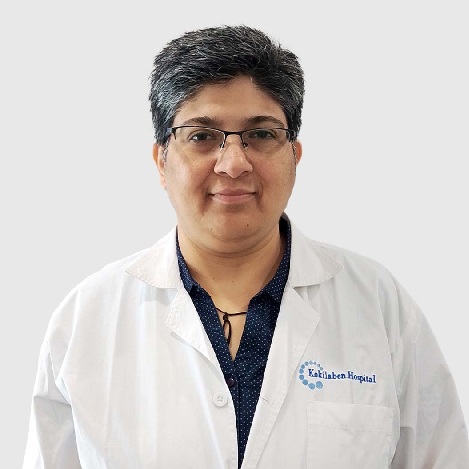Chronic lymphocytic leukaemia treatment depends on several factors, including the stage of the disease, the presence of symptoms, the rate of disease progression, and individual patient characteristics. The following are common treatment approaches for CLL:
Watchful Waiting: If CLL does not show any symptoms or does not get worse, the patient may not need treatment right away. The healthcare provider may recommend a “watch and wait” approach in early-stage CLL with no or minimal symptoms.
Rather than putting the patients through the potential complications of treatments before they need them, doctors regularly monitor blood counts, perform physical exams, and evaluate symptoms. This helps determine when treatment should be initiated.
Chemotherapy: Administered through a vein or taken in a pill form, chemotherapy treatment is typically given in cycles to kill cancer cells. Chronic lymphocytic leukaemia medications for chemotherapy include fludarabine, cyclophosphamide, bendamustine, etc., which may be used alone or in combination.
Targeted Therapy: Targeted therapy drugs, such as ibrutinib or venetoclax, specifically target certain molecules or pathways involved in CLL cell growth and survival. They can be highly effective and often have fewer side effects than traditional chemotherapy.
Immunotherapy: The drugs used in this chronic lymphocytic leukaemia treatment strengthen the immune system to attack cancerous cells or slow down cancerous cell growth. Immunotherapy drugs like lenalidomide may be used to treat CLL that did not respond to chemotherapy, recurrent CLL, or CLL that gets worse.
Stem Cell Transplant: For individuals with high-risk CLL or relapsed/refractory disease, a stem cell transplant or a bone marrow transplant may be considered. This procedure involves replacing diseased bone marrow with healthy donor stem cells.
However, stem cell transplants have become less common with the development of newer, more effective drug combinations.
Clinical Trials: Clinical trials for CLL are research studies investigating new treatments to improve chronic lymphocytic leukaemia treatment protocols. Some individuals with CLL may participate in clinical trials to explore novel treatments, new drug combinations, or experimental therapies.
Supportive Care: It aims to relieve signs and symptoms of the condition. The doctor may regularly monitor any complications the patient may experience. Supportive care measures include vaccinations to prevent infections, cancer screening, and monitoring other health problems.
Please Note: The selection of treatment approach is based on the patient’s health condition and the treating doctor’s opinion.
Cost of Chronic Lymphocytic Leukaemia Treatment
The cost of chronic lymphocytic leukaemia treatment in India is generally influenced by several factors, including the stage of the cancer, treatment method used, patient’s age, patient’s comorbidities, hospital type and location, doctor’s expertise, insurance coverage and much more.
To know the exact cost of the CLL treatment, one must consult a reputed medical oncologist or the below table provides the approximate cost for various treatment modalities for CLL.
Surgery Name | Surgery Cost |
Chemotherapy | ₹ 75,000 to ₹ 2,50,000 |
Targeted Therapy | ₹ 80,000 to ₹ 2,25,000 |
Immunotherapy | ₹ 80,000 to ₹ 2,25,000 |
Stem Cell Transplant | ₹ 15,00,000 to ₹ 27,00,000 |
Chronic Lymphocytic Leukaemia Survival Rates
Generally, chronic lymphocytic leukaemia treatment prognosis is good, and the condition has a high survival rate than other types of cancer. The five-year relative chronic lymphocytic leukaemia survival rate for people aged 20 and older is 87%. However, the individual prognosis may vary based on several factors, including:
The stage of the disease
Patient response to treatment
Certain cellular and genetic markers



























